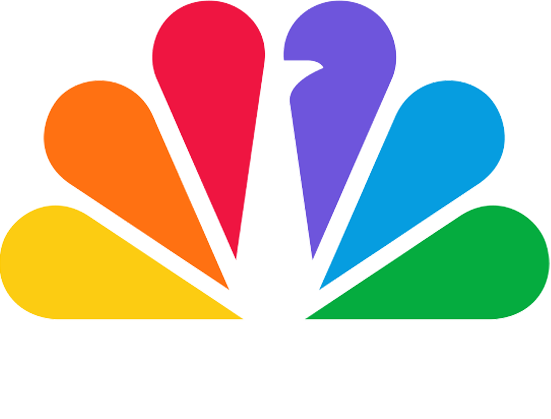The following is the unofficial transcript of a CNBC interview with TIAA President and CEO Roger Ferguson at the Inclusion in Action: CNBC Opportunity Forum, which took place today, Thursday, March 18th. Video from the interview will be available at
All references must be sourced to CNBC’s Inclusion in Action forum.
SHARON EPPERSON: I am thrilled and honored to be here with one of the most prominent CEOs in finance, Roger Ferguson. He’s probably one of the most prominent CEOs in the country. And I’ve been following your career Roger, since your days as vice chair of the Fed, through your career at TIAA and I’m so excited to see what the next chapter is going to bring. Thank you for joining us, and let’s get right to it. When you think about inclusive capitalism Roger, what does that mean to you? How do you ensure that business leaders, government leaders, civic/academic leaders are all included in trying to make a more equitable society?
ROGER FERGUSON: Well, thanks, Sharon, it’s a pleasure to be with you again. And so the question of what I think of when I think of inclusive capitalism is that I think of two things. One is the economic pie itself grows. And secondly, that the benefits of that economic pie spread relatively much more inclusively across society. So let me give you an example with some statistics. The number of people, essentially the population that is in the middle part of the income distribution, has declined gradually over the last 40 years from about 60% of our population the adults live in middle income houses to about 50%. Importantly, the share of the income that that group gets, that middle income group gets has also declined, but from about 60% to about 40%. And so that suggests that, you know, capitalism itself, while this society has gotten bigger, the economy’s gotten bigger, the benefits are not spread evenly or equitably across society. So when I think of inclusive capitalism, I think of a society that is both benefiting, but also has a much more equitable distribution of the benefits.
EPPERSON: Excellent. When you are thinking about TIAA and what you’ve done in your tenure there – growing assets under management from about $435 billion to $1.2 trillion. How have you ensured or tried to ensure a more inclusive environment for your clients and for your workforce?
FERGUSON: Thanks for asking. So, with respect to our workforce, we have been very focused on inclusion, diversity and equity. For sure. It starts without hiring practices where we want to make sure we see diverse slates of individuals across the organization at all levels when it comes to the application pool. We’ve also made sure to increase the diversity on the hiring panels so that individuals when they come in are looking at a full panoply of individuals in their interviewing process that are also quite diverse, we think that will lead to better outcomes. We’ve also focused in on training in the organization. We have a training process called Journey to Inclusion, where we think about how we make sure that all our managers understand what it is to lead diverse and inclusive teams. And we have a full range of employee resource groups we call them business resource groups, so that all voices can be heard, you know, at the table. And what we found, particularly this year and last year we’ve gone through dramatic social upheaval, is the fact that we have been very, very focused internally on inclusion, diversity and equity has paid rewards. We have seen a very large increase in the engagement of our populations, about 16 to 17,000 employees. And so you’re running a diverse and inclusive organization as best we can, we think has been beneficial for everybody. When I think about what we do externally for our client base, our participants as we call them. First and foremost, is really the effort to make sure we have good performance for them when it comes to returns. And so we see that our mutual funds for example, are always among the best in terms of return. Barron’s recently published its profile of the best mutual fund complexes, we were number 19 I think for last year. And more importantly, for the last 10 years we ranked number nine. And so we focus in on trying to get the best returns that we possibly can. And then, obviously, we bring to our institutional clients our learnings, our knowledge on diversity and inclusion to help them benefit from what we know as well. And so those are some of the things that we attempt to do.
EPPERSON: That is a lot and when you’re talking about your participants how important is financial education and what in particular had TIAA done to really advance financial education to make a more inclusive group of participants for your company?
FERGUSON: Thanks for asking that question. So financial literacy is extremely important for everybody in America. We know that those who are more financially literate, tend to have fewer problems with debt. They know that they tend to save more, they understand the importance of more investments, and a diversified portfolio. What we’ve been doing is trying to use both modern techniques and other techniques to help people become much more educated. For example, we have a website called FinSights that is really geared towards financial literacy and financial education. We also have been partnering with Savi. Our population, the folks we serve, tend to be in the higher ed, not-for-profit sector as you well know. Those individuals often benefit from the possibility of government support or repayment of their – or forgiveness of their student debt. But that process is pretty complicated so we have partnered with Savi to help many of our participants take advantage of the student debt repayment capabilities that are available for individuals in the not-for-profit sector. So those are just a couple of examples of working hard to increase financial literacy among our population of the participants that we serve in the higher ed in the not-for-profit sector more generally.
EPPERSON: When you were talking about making sure that you have a diverse slate of candidates and hiring managers are told that they must do that within the company, how do you do that exactly? Is there a certain percentage or number of the candidates that are seen that need to be from diverse groups and how do you make sure that that happens?
FERGUSON: Well, we make sure that it happens because the panels are put together by our HR colleagues, our people team, as they’re calling themselves. They do the recruiting and they know from the top down, that they need to bring forward for the business leaders who are doing the hiring, a diverse slate. We have an aspiration for our company to look as much like America as it possibly can. And so that will obviously drive, you know, what the portfolios of individuals that come forward look like. But it really is incumbent upon the people team, our HR leaders to make sure they bring forth the kinds of diverse slates that we’re looking for.
EPPERSON: I’m sure you’re aware of this McKinsey study from last May that looked at diversity in the workplace, and specifically asked respondents who had diverse leaders at their company how included they felt in the organization versus those who had non diverse leaders. Those that had diverse leaders at the top felt much more included. Those who companies participated in inclusion type activities or fostered that also felt more included. With you as a Black CEO at this company, do your employee surveys show that employees feel more included than perhaps they did in the past? What are your employees telling you about the significance of having a diverse leader at the top?
FERGUSON: It’s great that our employees are telling us, and we can call them our associates – our associates are frankly telling us that they absolutely want to see diversity at the top of the organization. That gives them obviously a sense that we are a diverse organization, but more importantly, I think, or as important, they want to they want to see actions. Not just the sort of one or two individuals. And so when we had the George Floyd murder last year, with the leadership of our inclusive and diversity team, we drove forward a program called Be The Change, which included a book club, reading a book around racism in America called “Small Great Things” by Jodi Picoult. She came to talk to us. We had a race against racism where we encourage people to do a race or a walk or some sort of activity, socially distanced as appropriate, but with somebody else to talk about these topics. And as I said, our most recent surveys show quite a nice pickup in terms of engagement. Importantly, to your point, some of our populations that may be underrepresented, African American women for example, underrepresented in the workplace in general and in society as we know have had particular challenges during the pandemic. Our African American women were among those that felt sort of most engaged in the organization. And so I think there’s really a direct correlation between, not just having diversity in the leadership ranks, which we do, but also a company that acts appropriately around these challenging times and these topics that seems to have been one of the things that has driven us to have a greater sense of engagement and particularly with minorities, underrepresented minorities and women.
EPPERSON: I am sure the Black women at your organization, your associates, are feeling extremely powerful at this moment, as TIAA makes history in having two Black CEOs. One succeeding the other. The announcement that Thasunda Duckett from JPMorgan Chase will be the incoming CEO May 1st is something that is historic, and it’s not happened in the history of the Fortune 500. What is the significance of having Thasunda Duckett in that role and why is she the right person for the job?
FERGUSON: Well the first thing to recognize is that Thasunda Duckett is a well-tested business leader from JPMorgan Chase. She has led two of their businesses quite successfully, including most recently their very large and strategically important branch network. She is a quick study and she knows how to manage and scale businesses. So the first thing to recognize is not what so visible and obvious in terms of gender and ethnicity, but what’s very, very important is that she actually is a superb business leader. Then you add to that, the other components that you talked about in terms of gender and race. And indeed, we have made history here. Having one Black CEO succeeded by another, having the third ever African American woman leading a Fortune 100 company. And we also happen to be the only Fortune 100 company that has had three African American CEOs. My iconic predecessor Cliff Wharton was the first African American CEO in a Fortune 100 company. And so there are many ways in which Thasunda Duckett’s appointment is historic. But I also want to emphasize beyond what one can see in terms of history, she’s the right leader in large part because she is a superb business executive and she also embodies, you know, who we are in terms of inclusion, equity and diversity. So I’m really excited to have her be my successor and I look forward to welcoming her on May 1st.
EPPERSON: Excellent. Your board, also of course, had a very significant role in this selection. And the fact that your board is 50% female, a number of underrepresented minorities on your board, how important is it to have that type of composure or that composition I should say at the table to make decisions, like the next CEO will be?
FERGUSON: Well you are absolutely right. The board selected Thasunda Duckett, I did not choose my own successor. And I think it’s important. We know it’s important to have diversity of views on any board. Without diversity of views, including gender, ethnicity, also experience, you risk having what’s called groupthink, and perhaps not the best outcome to occur when everyone thinks exactly the same way. I’m also struck by the fact that there was a McKinsey study – another one that showed that companies that are very diverse in the top quartile of diversity tend to outperform those in terms of profitability. And the bottom quartile, I think, around 35, 36%. And so while we talk about diversity in the boardroom and we’re proud of it at our own company – I talk about diversity in the workplace as being the right thing to do, Sharon. It should also recognize that it actually is economically a smart thing to do from the standpoint of business. There are more and more studies that show diversity in the boardroom, diversity in the C-suite lead to better performance, both in terms of profitability and stock market performance for public companies – we are not one of those, obviously, we’re a private company – but there are many ways in which diversity is both the right thing to do and a smart thing to do.
EPPERSON: That brings us to a question from one of our audience members who’s asking about whether or not you support mandatory quota-based diversity and inclusion requirements, such as the one the NASDAQ is seeking to implement. And if you do not, what alternatives do suggest to ensure that there’s diversity and inclusion from the top down at large public companies?
FERGUSON: I think the NASDAQ requirements has triggered a very, very important conversation in America. If you tie it to what we know about the risk of groupthink, as I said and what we know about the economic and financial benefits of more diversity, I think we’re on to the right set of topics. At my own company, at TIAA, we have been using our power as a shareholder to ask questions of the nom and gov committees on our boards, the boards of the companies of which we’re an investor, about the diversity in the board room. A couple of years ago, we went, not to the top largest companies but to medium-sized companies and pushed them for and engaged them on the question of gender diversity at the board table to very positive results. And we’re also actively having those similar conversations around race as well. We’re probably going to be in a position where we’ll use our voting power, the ability to vote for or against directors, in a way that enhances the message that we do want to see diversity at the board table. So regardless of how the NASDAQ rules play out, I think, an important element of all of this is for institutional shareholders to use their votes for and against directors to nom and gov chairs or lead directors to drive home the message that we want to see more diversity in the boardroom. We think it’s absolutely the right thing to do for moral reasons and also for economic reasons.
EPPERSON: We have another question from the audience. This one comes from Howard Woolley. And he is asking, What are your thoughts on strategies to get non-participants in our economy to feel included, to feel like a stakeholder in the success of the country versus being an outsider without a personal investment in making our society better? What are your thoughts?
FERGUSON: That’s a really important question, because we have seen in our society that if individuals feel as though they’re closed out, economically, they may feel closed out politically as well and may want to make dramatic changes to the way society works. I think the most important approach to all of this is first and foremost, just to recognize that we actually do have an income inequality challenge that has been getting worse over the last seven years. We have a dramatic wealth inequality challenge as well. I’ve seen statistics that show that the average white family is somewhere between six to 10 times wealthier than the average African American family. We know that median income for African Americans is roughly 60% that of our white colleagues. And so the first step is to look at the data. The second step, I think, is to think about what are the policy ramifications and what policy steps can be taken. I noted positively that the most recent stimulus bill from the Biden administration, based on the reading I saw looks as though I can have a major impact on reducing child poverty in America. So they are obviously our policy solutions that will make people feel more included. And then finally, as I said, you know, businesses. Stepping up on these topics as well, making sure that they are doing the best they can to hire broadly diverse portfolios of individuals, and making sure that people have a chance to rise appropriately in their organizations. So I think there’s opportunity based basically on analyzing the facts, making policy changes in the public sector, and then having the business sector also play its role as a producer of jobs and a producer of wealth.
EPPERSON: Roger, in the final few minutes that we have left, you know, I’m sure as you retire from your role at TIAA at the end of the month, there will be many people seeking your advice on diversity, equity and inclusion at their companies and many other topics. And all this you’re supposed to do in your free time perhaps. But I know that you also likely have other plans and I want to ask you what those are. What are your next steps, what are your next plans and could they include being part of President Biden’s administration?
FERGUSON: Well, certainly, I’m retiring from this job, but you are right to say I am not are retiring from the workplace. I intend to be very active. I will stay involved in questions of corporate governance including diversity in the boardroom by being on various boards. I want to get involved in issues of financial inclusion through many fintech activity, leveraging technology and financial elements. And government roles I would say it’s really up to the Biden administration to see how they, if at all, think they might use me either as an advisor or otherwise. But I’m, at this stage, very, very focused on finishing up my role here at TIAA and then opening up the next chapter. And I’m looking forward to the opportunity to continue to be relevant and involved in all the conversations similar to the ones that we just had.
EPPERSON: Well, we certainly look forward to having you in many more conversations on CNBC and with our CNBC events. Thank you so much, Roger Ferguson, for joining us today. Be well. Take care. Thanks again.
FERGUSON: Thank you so much for inviting me.
About CNBC:
CNBC is the recognized world leader in business news, providing real-time financial market coverage, business content and general news consumed by more than 547 million people per month across all platforms. The network’s 15 live hours a day of news programming in North America (weekdays from 5:00 a.m. – 8:00 p.m. ET) is produced at CNBC’s global headquarters in Englewood Cliffs, N.J., and includes reports from CNBC News bureaus worldwide. CNBC at night features a mix of new reality programming, CNBC’s highly successful series produced exclusively for CNBC and a number of distinctive in-house documentaries.
CNBC also offers content through its vast portfolio of digital products such as: CNBC.com, which provides financial market news and information to CNBC’s investor audience; CNBC Make It, a digital destination focused on making you smarter about how you earn, save and spend your money; CNBC Select, a financial site providing content to help users make informed decisions around choosing the right financial products for their lives; CNBC PRO, a premium service that provides in-depth access to Wall Street; a suite of CNBC mobile apps for iOS and Android devices; Amazon Alexa, Google Assistant and Apple Siri voice interfaces; and streaming services including Apple TV, Roku, Amazon Fire TV, Android TV and Samsung Smart TVs. To learn more, visit
Members of the media can receive more information about CNBC and its programming on the NBCUniversal Media Village Web site at http://www.nbcumv.com/programming/cnbc. For more information about NBCUniversal, please visit http://www.NBCUniversal.com.

